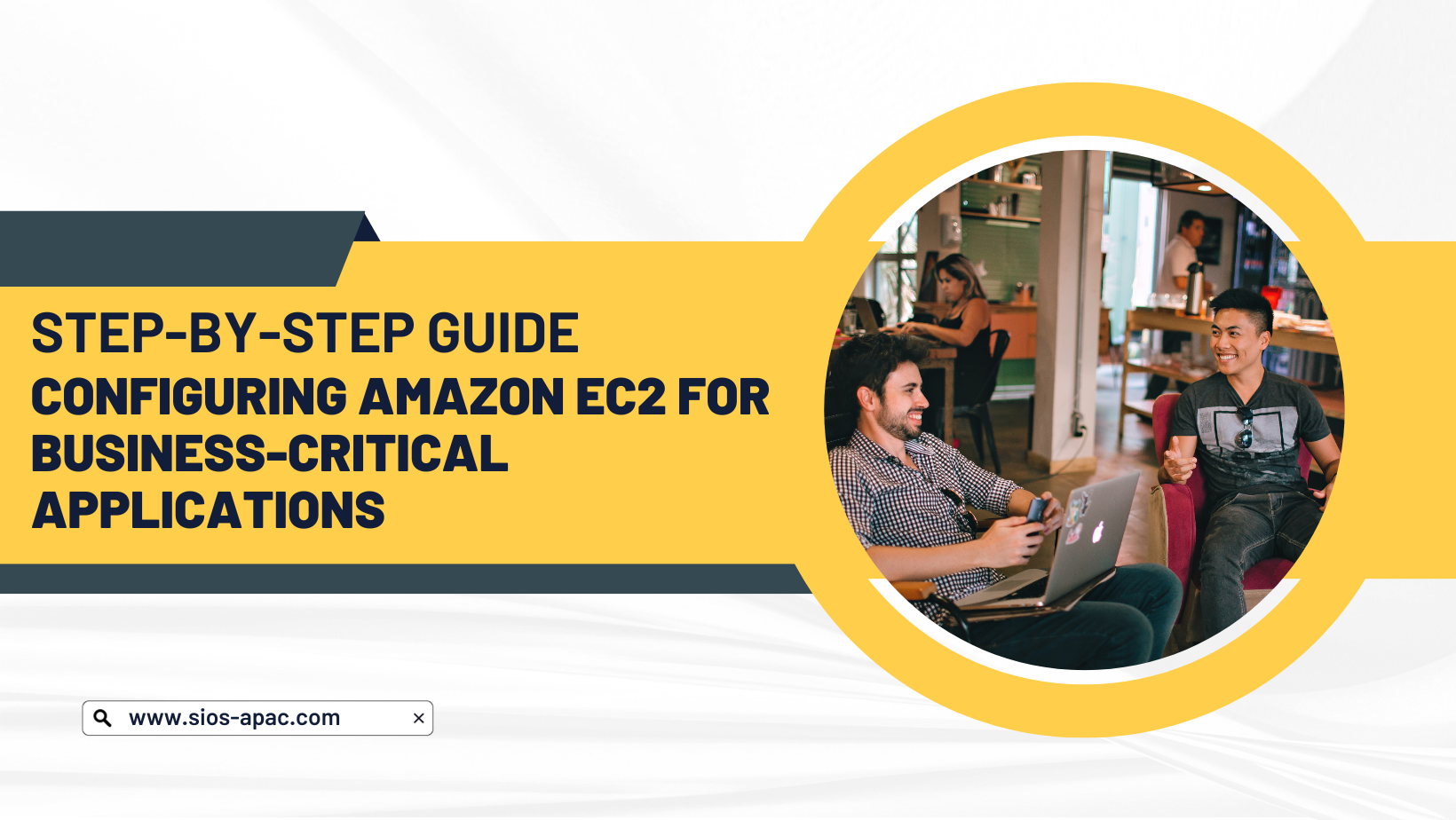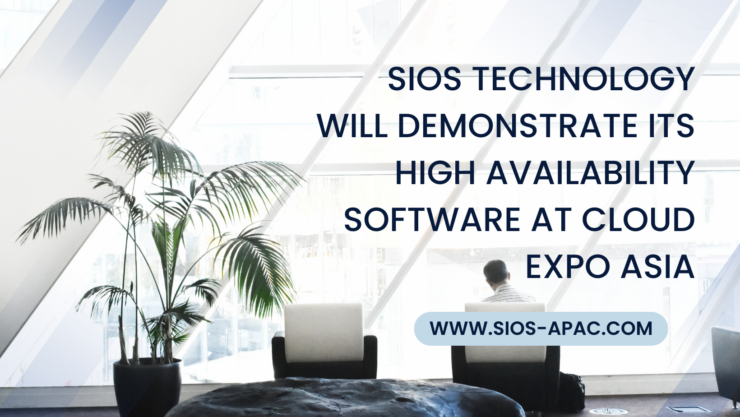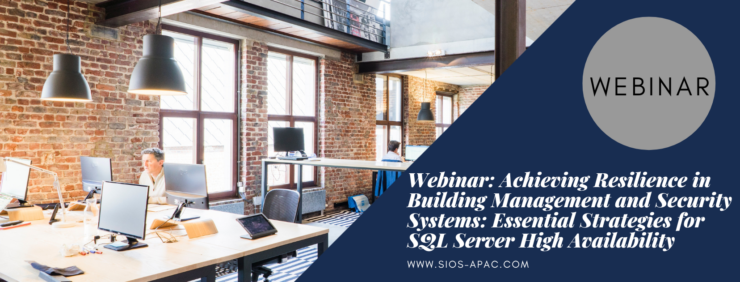| October 17, 2023 |
A Step-by-Step Guide to Configuring Amazon EC2 for Business-Critical Applications |
| October 13, 2023 |
Video: Why Your High Availability Environments Require Professional Help |
| October 9, 2023 |
Demo: SIOS LifeKeeper For SAP HANA |
| October 4, 2023 |
SIOS Technology Will Demonstrate its High Availability Software at Cloud Expo Asia |
| September 27, 2023 |
Webinar: Achieving Resilience in Building Management and Security Systems: Essential Strategies for SQL Server High Availability |




